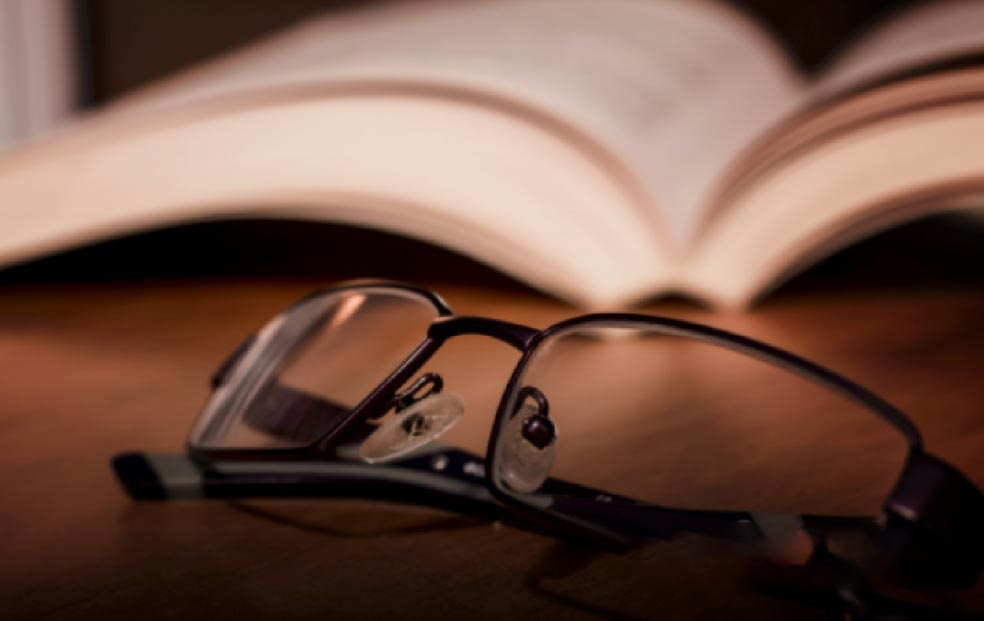Many of us reach the age of 40 before we realise that taking better care of our health is no longer an option. No matter how often you go to the gym and exercise weights, some degenerative diseases, such as difficulty concentrating your eyes, or straining your eyes while reading, are unavoidable.
You may discover if you have age-related vision issues or Presbyopia with a proper eye exam, and bifocal and multifocal lenses are among the many eyewear alternatives available to address vision issues, thanks to modern technological developments.
According to research, Benjamin Franklin invented the first pair of bifocal spectacles in the late 1700s, ushering in a new era in vision correction. Modern bifocal contact lenses have revolutionised vision correction for age-related vision problems, and they have also made tremendous gains in the corrective eyewear industry’s design.
What is the difference between multifocal and bifocal lenses?
One might easily become perplexed by the differences between the two. As the name suggests, bifocal lenses combine two prescriptions into a single pair of glasses or lenses. There are many focus points in each lens for distance, intermediate, and reading correction in multifocal lenses comparable to progressive eyeglasses. Multifocal lenses include both monofocal and bifocal lenses.
Bifocal contact lenses, with their two prescriptions in one, enable people with presbyopia to see well. In addition, the lenses do away with the requirement for specialized spectacles for reading small print or focusing on close-up objects.
Multifocal lenses (or varifocal lenses) are sub-divided into three categories, namely:
- Segmented bifocal lens where the distance prescription is on the lower half of the lens, while the near prescription is on the top half, similar to progressive eyeglasses;
- Aspheric Multifocal Lens: this type does not have any pronounced ridges or folds. The long-distance sight is situated in the middle and adapts as you go away; and
- Concentric Multifocal Lens: these lenses feature concentric circles on them to correct vision at a distance as well as up close.
With varifocal lenses, you can see clearly in both close-up and far-away situations with only one pair of glasses. Instead of switching between a reading pair and a distance pair, just use one pair.
The lens is divided into three sections on the horizontal axis. The lens’s apex is designed for long-distance viewing. The centre part of the eye is used for distance vision, while a third of the eye is used for reading and close up work. The transitions between the various levels are seamless.
Astigmatism, Myopia, hyperopia, and more often, presbyopia (ageing-related vision impairments) are all conditions for which bifocals or multifocal lenses are recommended by eye doctors and optometrists.
As a rule of thumb, if you find yourself holding reading material farther away from your eyes to read better, could mean it is time to consult with a professional eye doctor about whether or not you are a suitable candidate for bifocal contact lenses.
Office visits to purchase your prescription glasses are no longer required. If you have a valid prescription, you may purchase your glasses online from The Glasses Company and have them delivered directly to your front door.









